
China September exports surge
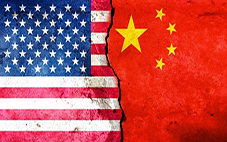
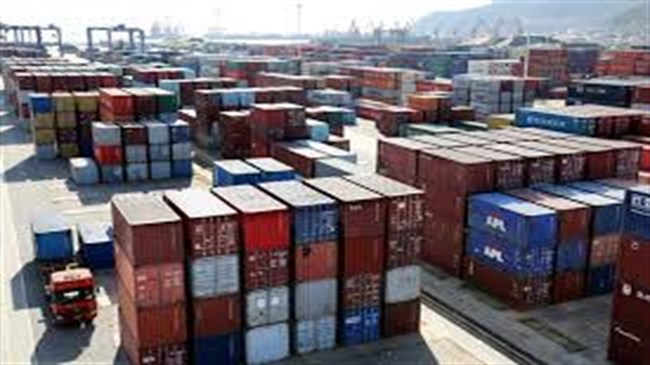
Analysts said last month’s strong export growth — which might indicate US tariffs are not biting much yet — is unlikely to be sustained, Reuters reported.
But the robust numbers reported on Friday by China’s customs agency — the last ones from China before US congressional elections on Nov. 6 — could prompt a reaction from US President Donald Trump.
September exports rose 14.5 percent from a year earlier, the fastest pace since February, the customs data showed. That was well above August’s 9.8 percent and a Reuters poll forecast of 8.9 percent.
“The big picture is the Chinese exports have so far held up well in the face of escalating trade tensions and cooling global growth, most likely thanks to the competitiveness boost provided by a weaker renminbi,” said Julian Evans-Pritchard, senior China economist at Capital Economics.
“With global growth likely to cool further in the coming quarters and US tariffs set to become more punishing, the recent resilience of exports is unlikely to be sustained.”
A weaker yuan CNY=CFXS, which has depreciated about six percent against the dollar this year, may have taken the sting out of the tariffs imposed on $250 billion of exports to the US.
Despite concerns from some officials about the yuan’s depreciation, US Treasury staff have not recommended labeling China as a currency manipulator in a coming report on foreign exchange rate practices, according to media reports on Thursday.
China’s politically-sensitive surplus with the US was $34.13 billion in September, surpassing the record of $31.05 billion in August.
Beijing’s export data has been surprisingly resilient to tariffs, possibly because companies ramped up shipments before broader and stiffer US duties went into effect, raising concerns about a sharper drop in export strength once all tariffs kick in.
“The front-loading impact is quite obvious to me,” said Betty Wang, senior China economist at ANZ in Hong Kong.
She cited a jump in exports of electrical machinery — the biggest export item from China to the US — as a sign exporters might have pushed out shipments ahead of implementation of the latest tariffs on $200 billion in Chinese exports.
Along with electrical machinery, exports for textiles, furniture and chips all rose faster than in the previous month, the customs data showed.
“If that’s the case then I think further downside risk can be expected in the fourth quarter,” Wang said.
Li Kuiwen, a spokesman from the country’s customs agency, also told reporters trade growth may slow somewhat in the fourth quarter.
The world’s two biggest economies last slapped tit-for-tat tariffs on each other’s goods on Sept. 24. There is no specific date set for the next round of tariffs, even as Trump has made repeated threats to impose them on virtually all Chinese goods.
China’s exports to the US continued to rise at a double- digit clip in September compared with a year earlier, while imports fell for the first time since February.
Over the first nine months of the year, China’s surplus with its largest export market totaled $225.79 billion, compared with about $196.01 billion in the same period last year.
Growth in overall imports for September instead showed a moderate slowdown, in line with signs the broad cooling in domestic demand.
Imports rose 14.3 percent in September, versus a 19.9 percent gain in August, slightly missing analysts’ forecast of a 15.0 percent growth.
Iron ore imports rose to their highest level in four months as steel mills ramped up output ahead of winter production restrictions.
For trade with all countries, China logged a surplus of $31.69 billion for September, compared with forecasts in a Reuters poll for $19.4 billion and August’s surplus of $27.89 billion.
China’s economy is feeling some heat from tariff dispute and signs of slowing that prompted the central bank on Sunday to loosen policy by cutting banks’ reserve requirement ratio (RRR) for a fourth time this year.
Growth in China’s factory sector in September stalled after 15 months of expansion, with export orders falling the most in more than two years, a private business survey showed. An official survey also confirmed a further manufacturing weakening.
To shore up growth, Beijing has pledged to increase export tax rebates from Nov. 1 for the second time this year and promised to cut corporate burden on a larger scale to help struggling Chinese firms.

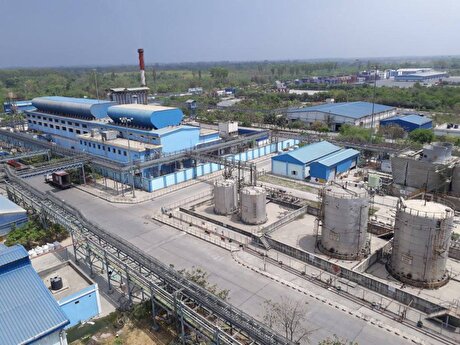
Hindustan Zinc to invest $438 million to build reprocessing plant

Gold price edges up as market awaits Fed minutes, Powell speech

Glencore trader who led ill-fated battery recycling push to exit

UBS lifts 2026 gold forecasts on US macro risks

Roshel, Swebor partner to produce ballistic-grade steel in Canada

Iron ore price dips on China blast furnace cuts, US trade restrictions

Emirates Global Aluminium unit to exit Guinea after mine seized
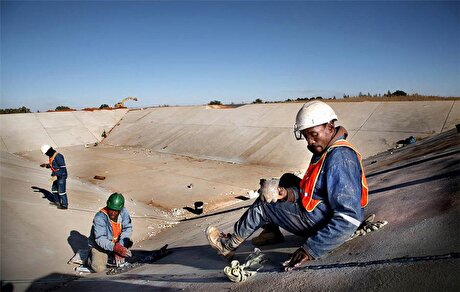
South Africa mining lobby gives draft law feedback with concerns

EverMetal launches US-based critical metals recycling platform

Barrick’s Reko Diq in line for $410M ADB backing
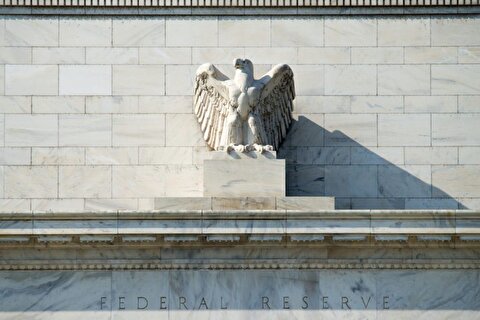
Gold price gains 1% as Powell gives dovish signal

Electra converts debt, launches $30M raise to jumpstart stalled cobalt refinery

Gold boom drives rising costs for Aussie producers
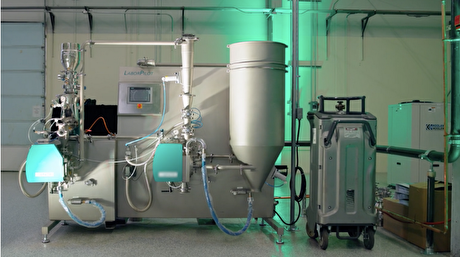
Vulcan Elements enters US rare earth magnet manufacturing race
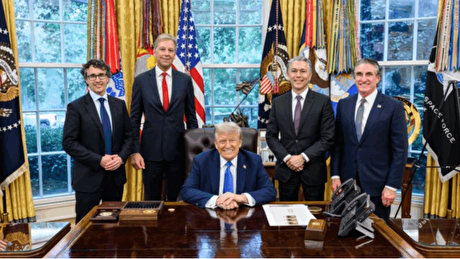
Trump raises stakes over Resolution Copper project with BHP, Rio Tinto CEOs at White House

US seeks to stockpile cobalt for first time in decades

Trump weighs using $2 billion in CHIPS Act funding for critical minerals

Nevada army depot to serve as base for first US strategic minerals stockpile

Emirates Global Aluminium unit to exit Guinea after mine seized

Barrick’s Reko Diq in line for $410M ADB backing

Gold price gains 1% as Powell gives dovish signal

Electra converts debt, launches $30M raise to jumpstart stalled cobalt refinery

Gold boom drives rising costs for Aussie producers

Vulcan Elements enters US rare earth magnet manufacturing race

US seeks to stockpile cobalt for first time in decades

Trump weighs using $2 billion in CHIPS Act funding for critical minerals

Nevada army depot to serve as base for first US strategic minerals stockpile

Tailings could meet much of US critical mineral demand – study
















